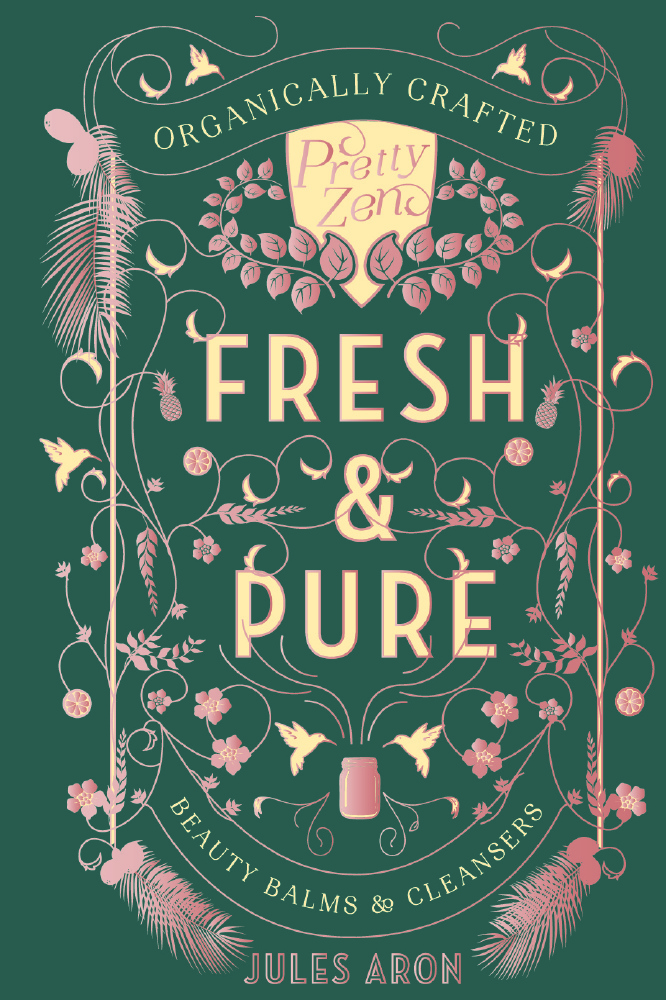Our skin is a living system that includes the hair, nails, glands and receptors. It performs nine essential functions for our bodies:

Fresh and Pure
Excretes salt, water and toxins through sweat.
Protects from physical, chemical and biological damage.
Regulates moisture.
Responds to heat, cold, pain and pleasure.
Helps maintain a steady temperature.
Prevents mineral loss
Converts sun rays into vitamin D3
Metabolizes fat.
Secretes sebum.
It is also the largest organ of the body, capable of absorbing topical products directly into the bloodstream.
We have been led to believe the more it foams, the more it cleans; the more slippery it feels the more hydrating it must be; the more we lather on, the more effective it will be.
Yet, cheap and easy ingredients, like alcohol, sodium laureth sulfate and mineral oil, which give us the sensation of being clean, and moisturized, are the very same ingredients which slow the skin’s ability to create healthy cells and strip it of its natural moisture.
The average adult is exposed to 168 hazardous chemicals each day. Personal care products are laden with industrial chemicals, including carcinogens, pesticides, reproductive toxins, and hormone disruptors.
Startling findings like these are what are inspiring the organic beauty boom. Part of a larger shift in consumer awareness about health and wellness, the natural beauty business is more dedicated than ever to the benefits of going chemical-free. Consumers are more aware than ever of the benefits of natural and organic ingredients, and expect an ever-growing range of natural products, including natural skin care.
Choosing certified organic body care is as important in decreasing the toxic load on the body as choosing a healthy diet. Plants grown organically yield the purest oils and extracts, free from chemical and pesticide contamination.
Using organic products also means that you are helping to support the sustainability of our environment by producing less pollution, carbon dioxide and dangerous wastes.
Get to know the faces behind the brands, often the very people who are formulating, creating, and packaging the natural beauty products you purchase.
Do your own research on a company and see if you align with their philosophies and ethics.
And read the ingredients on your products carefully. Many products may use the word "organic" or “natural on their labels yet contain only a minimal amount of organic ingredients in a base of petrochemicals, toxins, and harsh preservatives. Take note of the order in which ingredients are listed. The top ingredients usually have the highest concentration in the formulation and the lowest the least. Look for trustworthy organic natural beauty seals like USDA, ECOCERT, COSMOS, BDIH, NATRUE, and others. And lastly, avoid synthetic chemicals like parabens, petrochemicals, fragrances, or other harmful additives.
Here is a list of key ingredients to stay clear of:
FRAGRANCE
FORMALDEHYDE
PARABENS
PHTHALATES
PROPYLENE GLYCOL
SODIUM LAURYL SULFATE (SLS)
SUNSCREEN CHEMICALS
SYNTHETIC COLORS
TOLUENE
TRICLOSAN
By coming back to nature and simplifying our beauty routine, we can begin to make better choices, choosing better products and making your own products whenever possible.

